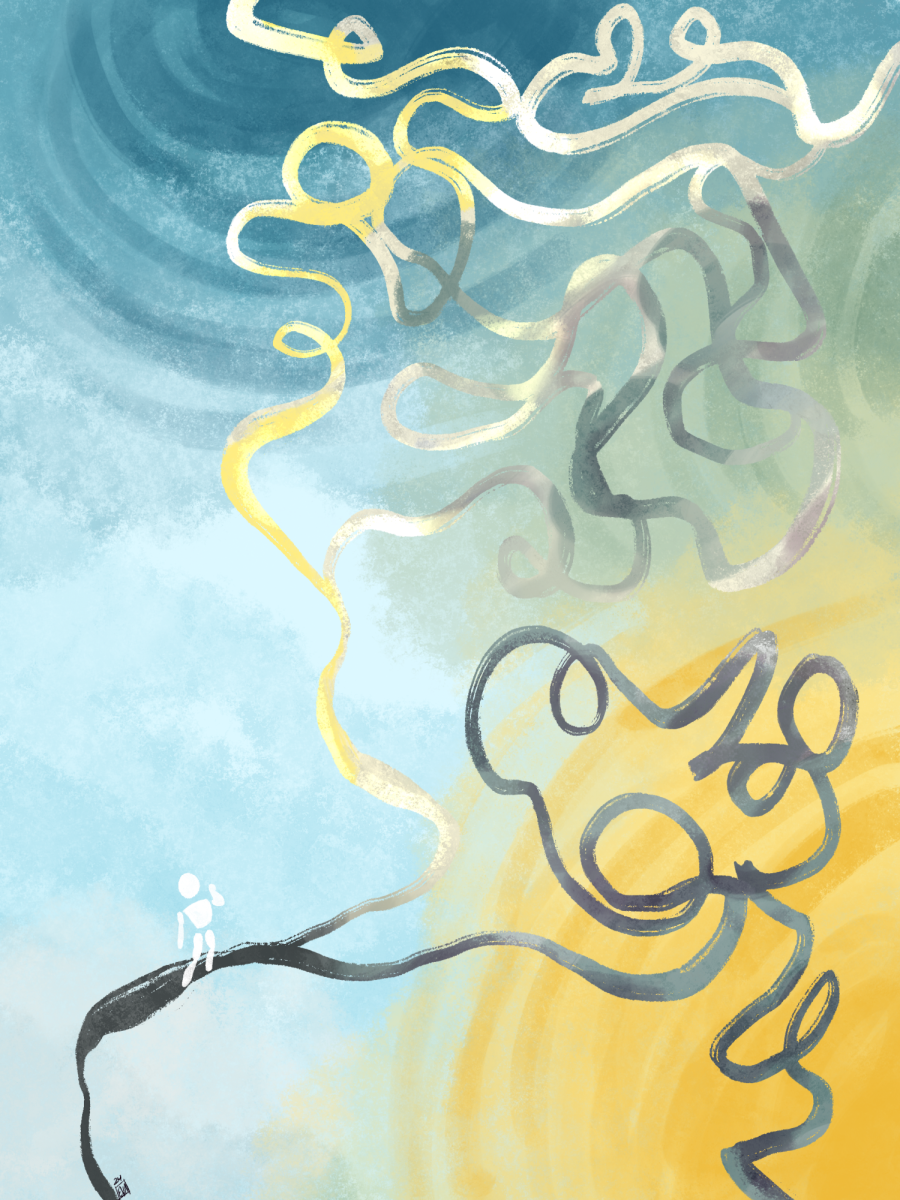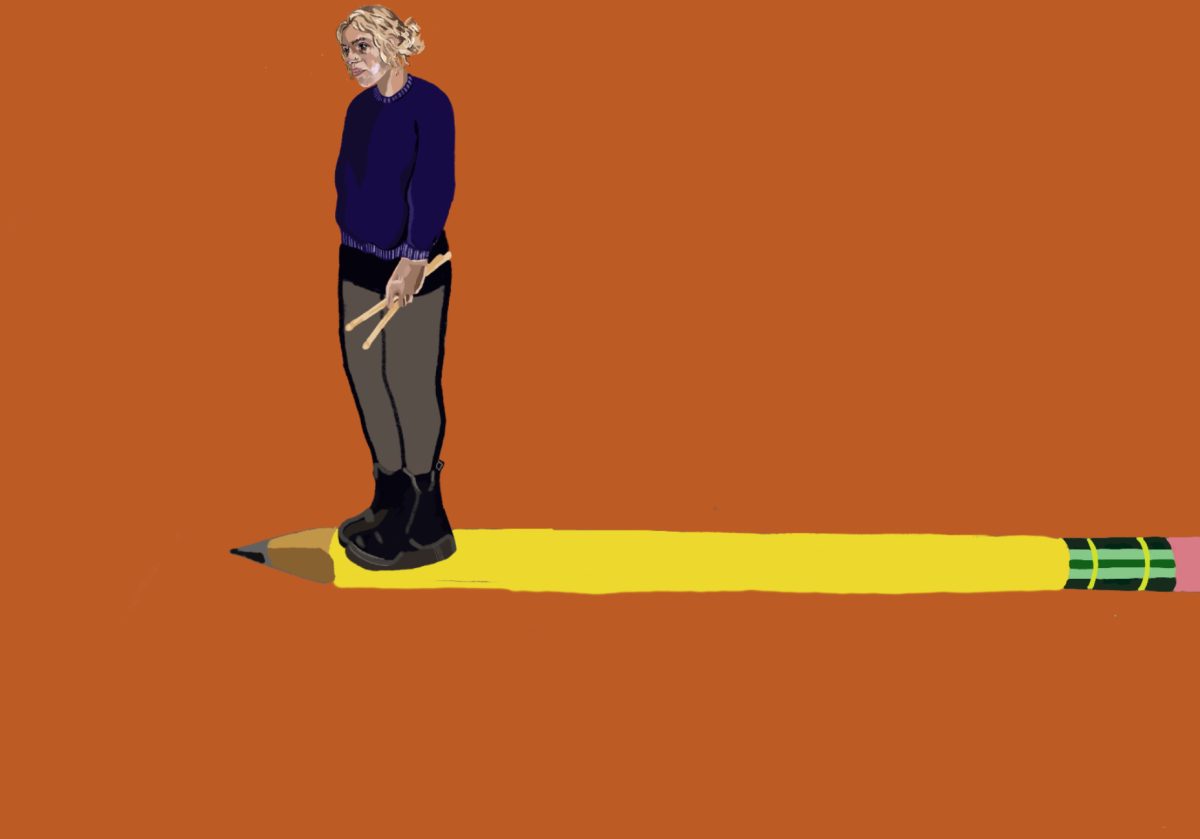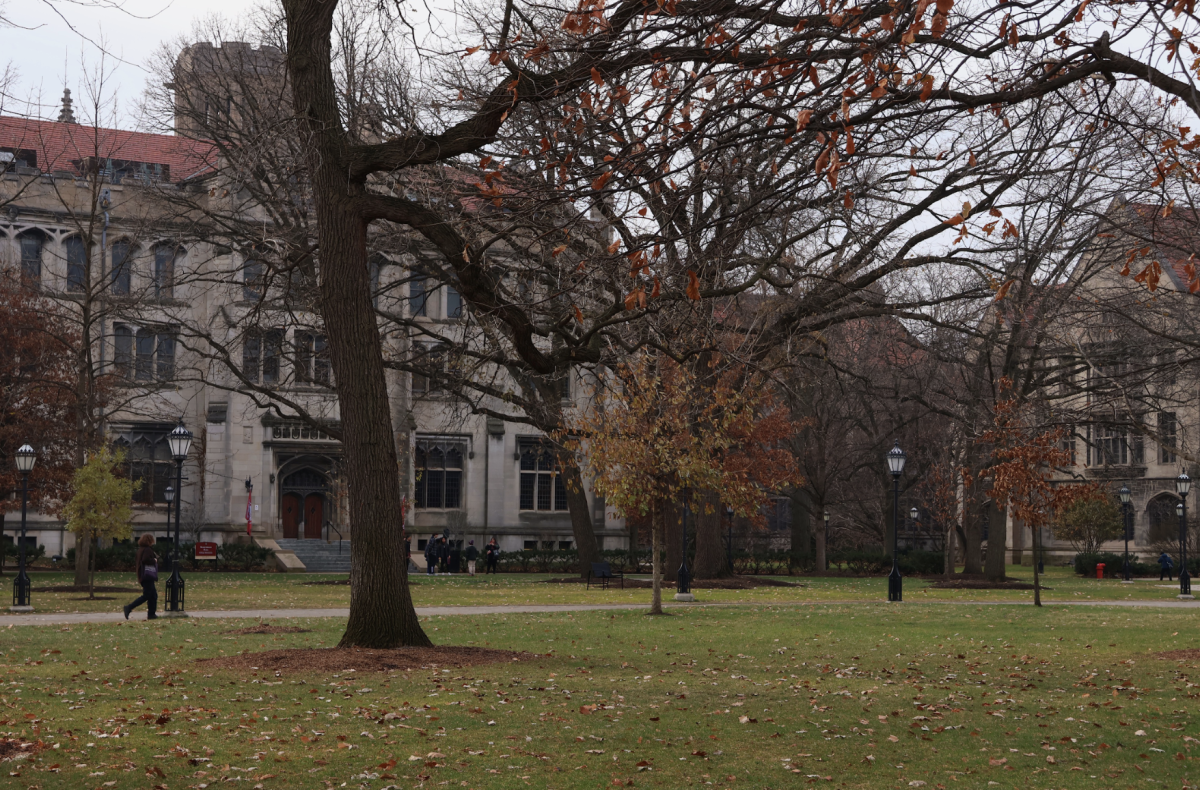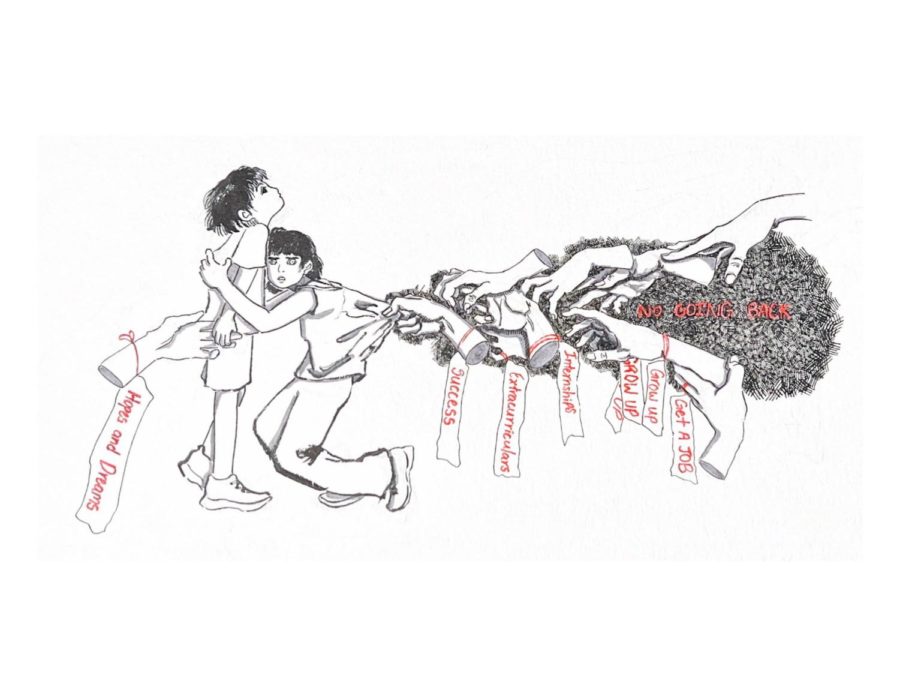“Why do we even have U-Passes? CTA sucks and no one uses them!” This is a sentiment that has been echoing across campus since the University started its unlimited Ventra program in 2017, and it doesn’t seem to be changing. As recently as this past January, I saw a complaint on the UChicago Secrets Facebook group about how much U-Passes cost, and I’ve heard similar issues raised in conversations with friends as well. While I do understand the urge to complain about being required to pay for something you feel you may not use, that little blue card has been one of the most positive parts of my UChicago experience, and I believe that this can be true of pretty much every student on UChicago’s campus—all it takes is a shift in perspective.
Cost inefficiency is one of the most common complaints I’ve heard about the U-Pass. And, it’s true, the pass is expensive, there’s no doubt about that. For each quarter of unlimited CTA rides, students who pay full tuition are charged $95 (the U-Pass is fully covered for students on financial aid). At $2.50 per train ride, each student would have to take public transportation almost four times a week every quarter to make this cost worthwhile, which, for many, is probably not realistic.
A 2018 Maroon Editorial, “U-Pass is Inefficient, So What?” (5/11/18) suggests some potential solutions to the problem of wasted rides and of the University’s net monetary loss on the U-Pass program. For example, the University could change how they charge students. Instead of a blanket $95, they could periodically refill students’ Ventra cards when the balance drops below $5 or $10. This way, students still wouldn’t pay for their rides out of pocket, but they also wouldn’t be forced to pay for more rides than they will realistically take.
In my year and a half here, I’ve taken the CTA two to three times a week on average—for general recreation and, last year, to see a therapist downtown once a week. This means that I am not breaking even with the $95 the University charges for the U-Pass; dividing that cost by my approximately 25 quarterly rides shows that I’m paying $3.80 per ride, which is higher than CTA’s rate per ride.
Despite these “wasted” rides, the U-Pass is still a very economical option for students of all backgrounds and helps minimize socioeconomic differences. Having the U-Pass fully covered for students on financial aid expands access for students who might not otherwise be able to afford transportation, while students who pay the $95 out of pocket will be incentivized to break even by using their U-Pass more often. Thus, students of every socioeconomic background are motivated to use CTA to venture outside of Hyde Park for fun.
If the U-Pass’s price still seems excessive, think about how this cost compares to the prices of car services like Uber or Lyft. Even while not breaking even—taking approximately 25 trips each quarter—I’m only paying $3.80 per ride. By my math, whether you take CTA four times a week or only about as much as I do, public transportation is a much better deal, monetarily, than taking a car service. For example, a trip from Campus North to Wormhole Coffee in Wicker Park would cost one student around $20 plus tip (more or less depending on the time of day) in an Uber. CTA is clearly the more economically sensible option, and the University helps encourage students to take that option with the U-Pass program.
But monetary cost is not the only factor to consider. There is a significant time-expense disparity between CTA and car travel in Chicago, and this should not be ignored. That trip to Wormhole Coffee will take around an hour on public transportation, while a car will get you there in 30 minutes; you can halve your travel time—it just costs 10 times as much. I’m sure there are students for whom the time-cost is more prohibitive than the monetary one and paying extra for Uber or Lyft may be a worthwhile tradeoff for them. By this same logic, one student’s priorities can change depending on where they’re going and how much time pressure is involved, and they might sometimes accept the cost inefficiency of Uber in favor of its speed.
For the most part, though, I believe that the inclination to take Uber over CTA is a product of our culture’s obsession with efficiency—faster internet, faster shipping, using every moment of our day to be as productive as we can—and choosing to take CTA, the unarguably slower transportation option, means going directly against this culture. And that’s a good thing. When I was adjusting to college last year, I felt like I should be working constantly, a feeling common among most of the college students I know, especially at UChicago. When I wasn’t, I became very uncomfortable. I felt like I was doing something wrong, wasting time, being unproductive—I had forgotten how to relax.
Taking the CTA for some off-campus alone time a few times a week forced me to lean into this discomfort. Reading on the train tends to make me motion sick, so I physically could not do schoolwork for the 30 minutes to an hour I was traveling. At first, this made me anxious: Should I have just stayed on campus? This time would’ve been productive if I’d just gone to Ex. I could be done with that reading response for Hum and the whole week’s reading for my English class.
As time went on, though, I realized how good these outings were for my mental health. The more I left campus, the more my ideas of what constitutes a “valuable” use of time changed. Getting out of the bubble of UChicago, having time to myself to do something that I enjoy—like reading and working in a coffee shop with a scone and an oat milk cappuccino—is incredibly valuable for my mental health. As I became more conscious of that, I began to enjoy my time on the train.
Now, instead of running through a list of all the work I could be doing, I look out the window and admire parts of Chicago I wouldn’t see from an Uber. I talk to the woman seated across from me who is on her way to her first job interview after having a baby. I am part of the city in a way that is impossible from a car.
UChicago is a stressful environment for many students, and the University acknowledges that stress with programs like the U-Pass. Sure, it’s not perfect, but by making CTA a more economically attractive option than Uber or Lyft, it encourages students of all socioeconomic backgrounds to take a breath and re-center themselves mentally. I love my little blue card and, with a little practice slowing down, I know that you can come to love your U-Pass, too.
Elizabeth Winkler is a second-year in the College.








